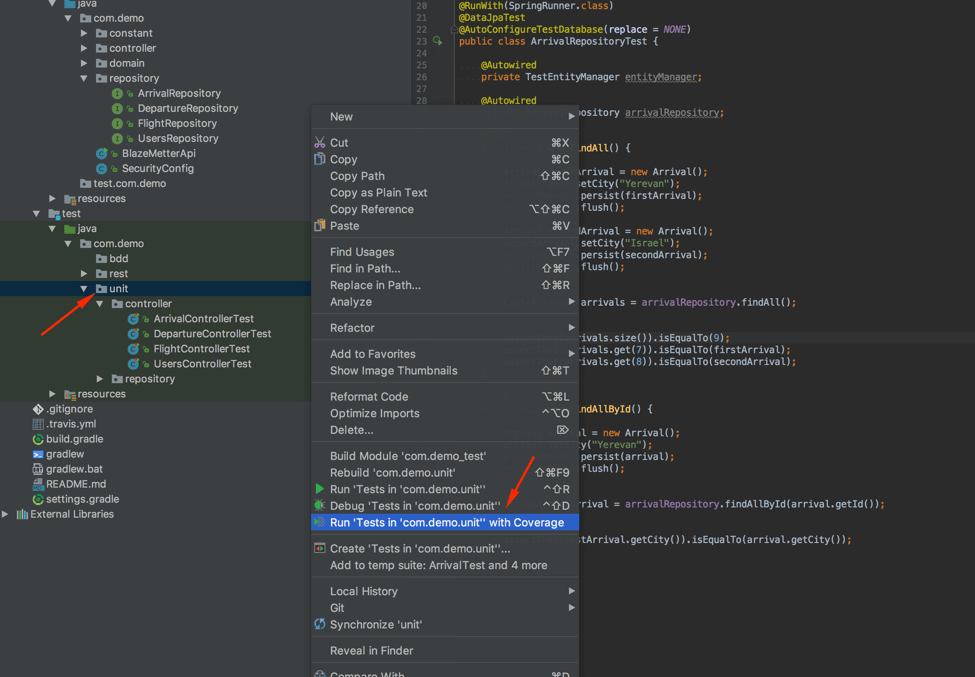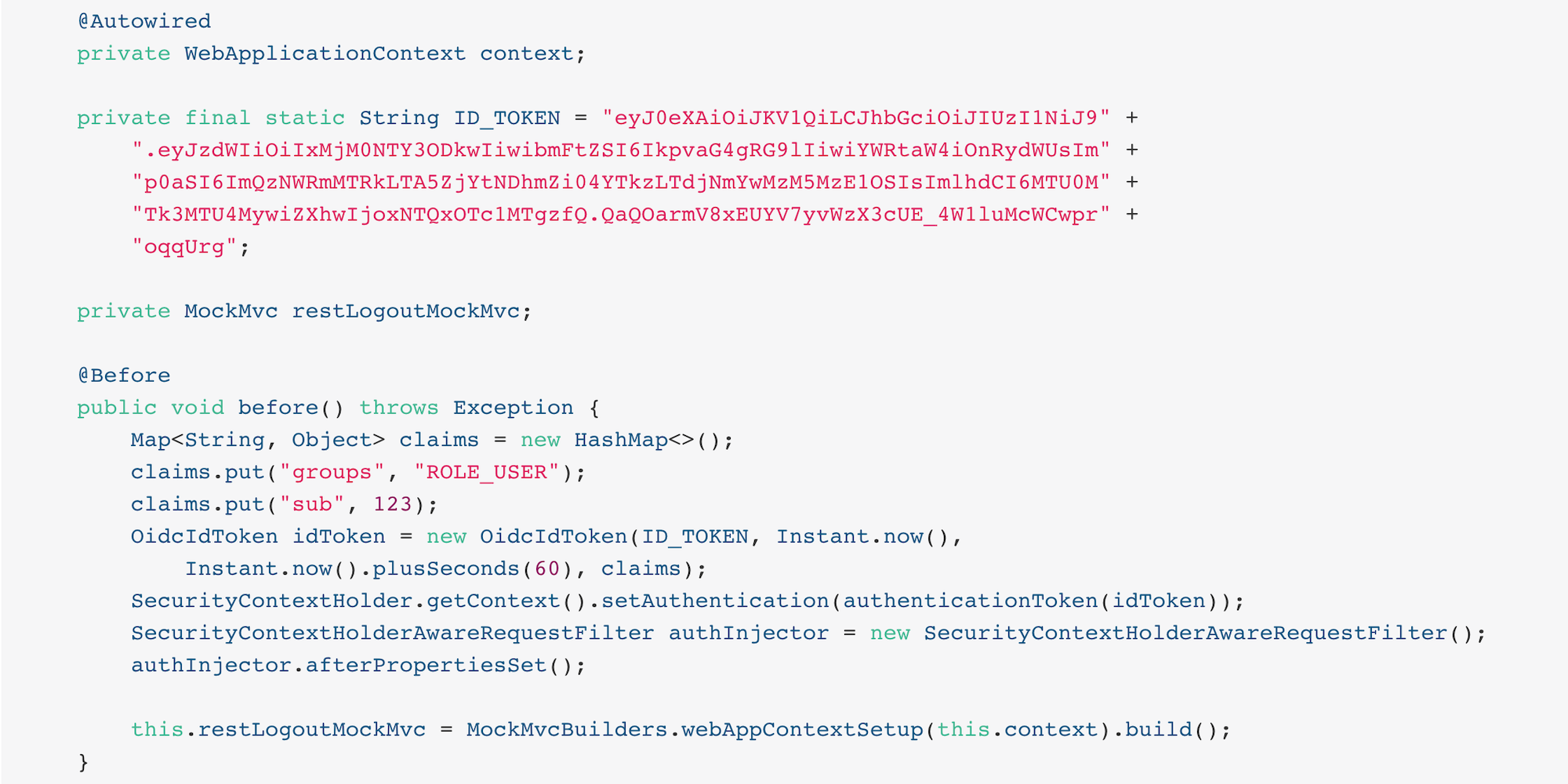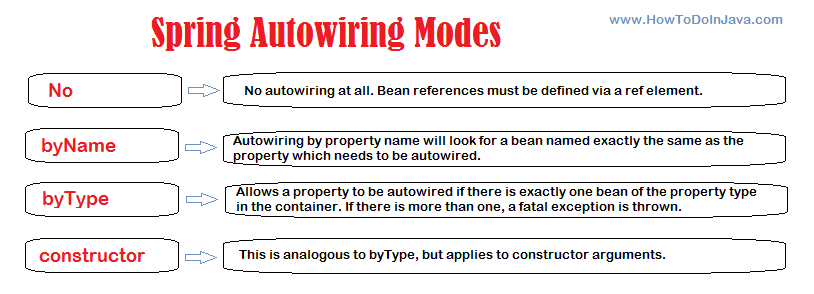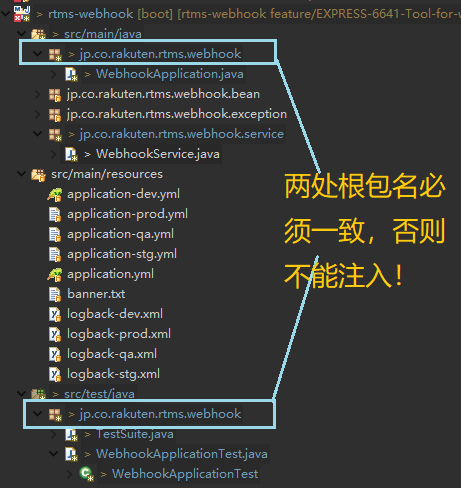Roads & PavementRoads & Pavement
Barefoot
Minimal
Low
Medium
High
Maximal
All around running shoes offer comfort and cushioning for daily runs, jogs, walks, and long mileage. They offer enough versatility for both faster and slower runs and are a great option for those who want one running shoe to do it all.
Fast run or uptempo running shoes are lightweight and responsive. They offer streamlined designs that have minimal uppers and offer a high level of energy return. These shoes are a great option for faster runs in the week or those looking for a livelier experience.
Max Cushion shoes offer premium cushioning with ample ground protection and a stable ride. These types of shoes provide abundant impact protection that softens landings while running at any pace or distance. These types of shoes are best for slower recovery runs and easy days where comfort takes priority.
Racing shoes are designed with optimal performance in mind. These types of shoes have snug-fitting uppers, energetic midsole foams, and features implemented for maximum efficiency. These types of shoes are best for runners looking to gain the ultimate advantage in races but may sacrifice some durability and comfort.
Gym Workout shoes offer a stable and versatile ride. They have a firmer underfoot feeling that provides stability for lateral movements with comfortable uppers. These types of shoes are best for trips to the gyms, cross training, casual wear, and light running. Simple Autowired Component example in Spring Boot
Road running shoes feature smooth outsoles that are designed for running on paved surfaces such as roads, sidewalks, and bike paths.
Designed to handle most trail runs, these shoes prioritize comfort and a smooth ride. These shoes are great for anything from smooth singletrack, park trails, and fireroads making them ideal for those who run from their doorstep on streets before hitting the trail.
These shoes are best used for hard, rugged trails such as shale, granite or sandstone where grip on smooth surfaces and underfoot protection are important.
Designed for use in muddy, soggy conditions, these shoes feature very aggressive outsoles that dig deep into soft ground for exceptional traction.
These shoes feature technical outsoles designed to grip snowy and icy trails making them ideal for winter trail running.
Cushioning level, or stack height, refers to how much shoe is between your foot and the ground. For this category, we reference the amount of cushioning below the forefoot as the heel height will be equal to or greater than the forefoot height.
Minute Read How Autowiring works with Repository Interfaces in
0-13mm. The Shoe generally does not have a midsole and feels like there is no cushioning. This shoe is all about feeling the ground underfoot.
14-18mm. The shoe has a thin midsole that allows for a natural running experience. Racing shoes and minimalist shoes are common here. These shoes offer a feeling of being connected to the road or trail.
19-23mm. The shoe has a slightly cushioned feel and may feature added cushioning technologies. Performance training shoes and some trail shoes are common here. These offer protection during footstrike but prioritize a lightweight, grounded experience.
24-28mm. These shoes have a stack height that fall near the middle of the spectrum.The shoes in this category are verstaile and great for all types of runs and distances.
29-34mm. The shoe has a thick midsole and ample cushioning. These shoes are highly protective and absorb more impact than the body.
35mm plus. The shoe has an extremely thick midsole and extra cushioning. The focus is on protection and soft foam underfoot with hardly any ground feel.
Neutral shoes support the foot through a normal range of arch collapse and generally do not have a built-in technology to correct movement.
Stability shoes are a great option for those who overpronate or need added support. These shoes help to limit the inward rolling motion of the ankle while running or walking and assist in guiding the foot straight through the gait cycle. Upgrading Spring Security OAuth and JUnit Tests through the of
Product Details:
How to Migrate From JUnit 4 to JUnit 5 Step by Step DZone store, JAVA EE Spring Auto Wiring Beans with Autowired annotation store, Software Testing Tutorial Learn Unit Testing and Integration Testing store, JAVA EE Spring Auto Wiring Beans with Autowired annotation store, Spring using constructor injection with Autowired DEV Community store, Dependency Injection Autowired Resource and Inject Jstobigdata store, Cucumber Tests in Spring Boot with Dependency Injection store, Spring Autowired BeanCreationException store, spring JUnit autowired store, springboot junit Autowired Service Could not store, Unit and Integration Testing in Spring Boot Micro Service by store, Spring Default Auto wiring mode Autowire.NO Example store, Java on X store, Junit Autowired junit autowired CSDN store, Junit Autowired store, Spring Autowired Bean Autowiring with Examples store, Upgrading Spring Security OAuth and JUnit Tests through the of store, Minute Read How Autowiring works with Repository Interfaces in store, Simple Autowired Component example in Spring Boot store, JUnit Rest API Testing Get Started Blazemeter by Perforce store, springBoot Junit Autowired eolink store, java Spock inmemory implementation mapstruct autowired inside store, Unit Test Spring Boot Annotations java springframework spring unittest annotations store, JUnit Tests Unit and Integration Testing of a Java Web App Toptal store, Spring SpringBoot Autowired annotation r bettercoding store, How does Autowired work in Spring framework SAP Community store, False positive store, Testing RESTful Web Services 13 Mock objects with Mockito in a JUnit 5 Test Case store, Unit and Integration Testing Spring Boot and JUnit 5 by ThankGod store, spring Mock of an Autowired dependency causes random junit store, Avoiding Spring context issues when parallelising Nested Spring store, Spring Autowiring By Type mode Using Autowire.BY TYPE store, Spring Boot test does not start context or load dependencies store, JUnit Autowired Java Qiita store, Spring Boot Unit Testing CRUD REST API with JUnit and Mockito store, Why use Spring Constructor Dependency Injection instead of store, java Spring JUNIT datasource autowiring Stack Overflow store, VScode quick fix should not suggest removing Autowired store, i defined a bean in spring.xml and i want to use the bean in the store, Spring Autowiring By Name Using Autowire.BY NAME store, java intellij incorrectly saying no beans of type found for store, junit5 not support spring Autowired annotation Issue 1152 store, java No found for dependency expected at least 1 bean which store, Spring Default Auto wiring mode Autowire.NO Example store, Autowiring not working in Spring 3.1.2 JUnit 4.10.0 Stack Overflow store, dependency injection Fix JUnit Autowire Clock Stack Overflow store, inversion of control Can t test spring injection with JUnit store, java Problem with Autowired in JUnit Test on a Spring MVC store, spring boot What is difference between using and not using store, spring boot What is difference between using and not using store, Product Info:
Autowired junit store.
- Increased inherent stability
- Smooth transitions
- All day comfort
Model Number: SKU#7082080





